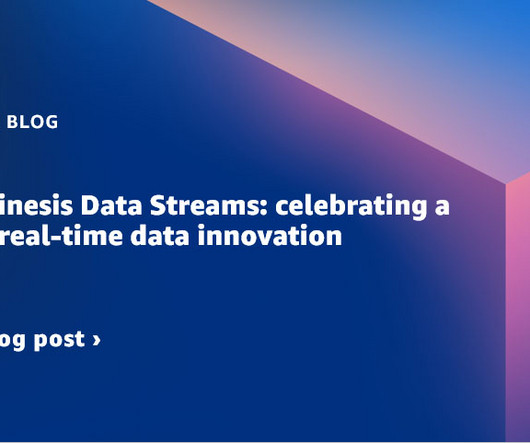What is a Data Pipeline?
Jet Global
MAY 9, 2024
The key components of a data pipeline are typically: Data Sources : The origin of the data, such as a relational database , data warehouse, data lake , file, API, or other data store. This can include tasks such as data ingestion, cleansing, filtering, aggregation, or standardization.














Let's personalize your content